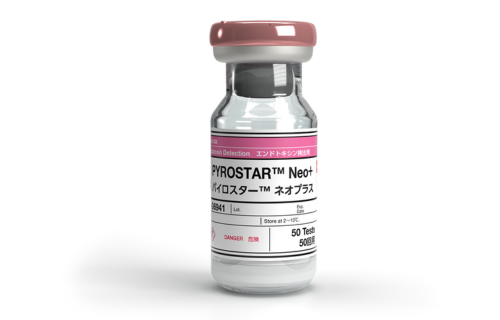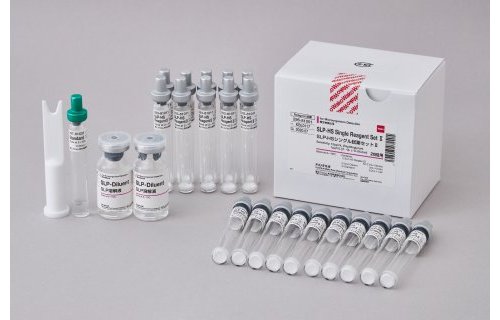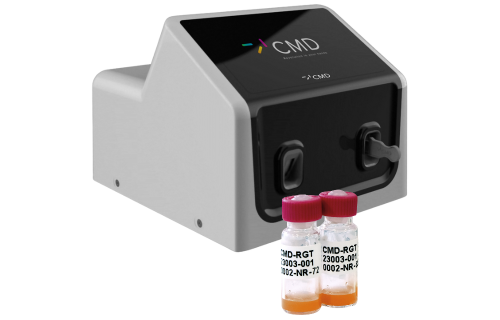Evolution of BET over time and future possibilities in the field of endotoxin testing
Pyrogens, including lipopolysaccharides (LPS) from Gram-negative bacteria (endotoxins), are substances that can cause fever and are considered hazardous contaminants in health products. The direct interaction of medical products with blood and organs has the potential to trigger pyrogens, which activate the body's innate immunity. This can result in high fever, inflammation, tissue harm, and the risk of sepsis and shock.[1]
Hence, to meet regulatory requirements, medical products undergo pyrogenicity testing as part of the standards and quality specifications set by the Pharmacopeia.[1]
Historical background of Pyrogenicity
Burdon-Sanderson coined the term "pyrogen" in 1875 to describe a hypothetical substance found in bacteria-free extracts of decaying meat that induced fever in animals when injected. Wechselman's discovery in 1911, that Salvarsan (a Syphilis drug) injections caused fever in patients due to bacteria in distilled water, led to a search for a solution. However, the drug had to be injected and could not be taken by mouth. This drug made injectable drugs common and pyrogen control essential. [2].
Pyrogen testing
Rabbit Pyrogen Test (RPT)
The first rabbit pyrogen test was developed by Hort and Penfeld in 1912, revealing that Gram-negative bacteria caused significant pyrogenic effects in rabbits, while Gram-positive bacteria had much milder effects[2].
Endotoxins are administered to rabbits in this study, and we track the occurrence of febrile reactions characterized by an elevation in body temperature. Nevertheless, the reaction might differ from that of the human body, potentially resulting in inaccurate conclusions.
The Limulus Amebocyte Lysate Assay (LAL)
The Limulus Amebocyte Lysate Assay (LAL), also known as the bacterial endotoxin test (BET), is used as a replacement. This method of testing is both cost-effective and widely recognized. The LAL test involves mixing Limulus blood with bacterial endotoxin to form a gel clot called lysate. The current pyrogen test kits utilize the turbidimetric properties of this lysate for testing purposes. The LAL test is proven to be 5 times more sensitive than the Rabbit Test for pyrogen detection.[3]
The LAL test for radiopharmaceuticals is modified with calcium chloride solution to avoid inaccurate results from chelating agents. The presence of these agents reduces the concentration of free divalent calcium ions in the LAL reagent, which inhibits the formation of coagulin gel and could lead to a false negative result. This modified LAL test method adaptation is now used by hospitals and central radiopharmacies for quality control testing of radiopharmaceuticals and cold kits[4].
The MAT (Monocyte Activation Test) Technique
The MAT is primarily used to identify and quantify endotoxin and non-endotoxin pyrogenic contaminants. Activation of human monocytes can occur due to these contaminants, resulting in the release of natural mediators[5]. The MAT involves exposing human monocytic cells to pyrogens in vitro, which activates the cells. This activation triggers the release of proinflammatory cytokines, which are subsequently quantified using the ELISA technique[6].
The MAT is more physiologically relevant because it uses human cells. Moreover, this detection system can identify and measure both endotoxin and non-endotoxin pyrogens with quantitative precision[7].
Future Prospects
The transition from RPT to MAT has been challenging, requiring immense effort and dedication. The European Directorate for the Quality of Medicines & HealthCare, the Council of Europe, and the European Partnership for Alternative Approaches to Animal Testing jointly hosted an international conference titled "The future of pyrogenicity testing: phasing out the rabbit pyrogen test." The conference put a spotlight on the European Pharmacopoeia's mission to eliminate the RPT from its texts by 2026, make the adoption of MAT more efficient, and pinpoint any gaps in the eradication of RPT.[8]
To comply with FDA guidelines, it is essential to perform product-specific validation to assess the suitability of using the MAT technique for evaluating a particular test substance or material. The validation process should encompass various tests, such as interference testing and precise pyrogen detection in every sample, while also guaranteeing direct contact between the device and monocytes.[9]
References
- Spoladore, J., et al., Standardized pyrogen testing of medical products with the bacterial endotoxin test (BET) as a substitute for rabbit Pyrogen testing (RPT): A scoping review. Toxicol In Vitro, 2021. 74: p. 105160.
- Hartung, T., The human whole blood pyrogen test – lessons learned in twenty years. ALTEX - Alternatives to animal experimentation, 2015. 32(2): p. 79-100.
- Karesh, S.M.J.J.o.n.m.t., Sterility and pyrogen testing of radiopharmaceuticals. 1989. 17(3): p. 156-159.
- Mitra, A., et al., Limulus amebocyte lysate testing: adapting it for determination of bacterial endotoxin in 99mTc-labeled radiopharmaceuticals at a hospital radiopharmacy. J Nucl Med Technol, 2014. 42(4): p. 278-82.
- Solati, S., T. Zhang, and S. Timman, The monocyte activation test detects potentiated cytokine release resulting from the synergistic effect of endotoxin and non-endotoxin pyrogens. Innate Immun, 2022. 28(3-4): p. 130-137.
- Perdomo-Morales, R., et al., Monocyte activation test (MAT) reliably detects pyrogens in parenteral formulations of human serum albumin. Altex, 2011. 28(3): p. 227-35.
- Carson, D., et al., Development of a Monocyte Activation Test as an Alternative to the Rabbit Pyrogen Test for Mono- and Multi-Component Shigella GMMA-Based Vaccines. 2021. 9(7): p. 1375.
- Cirefice, G., et al., The future of pyrogenicity testing: Phasing out the rabbit pyrogen test. A meeting report. Biologicals, 2023. 84: p. 101702.
- Sandle, T., FDA guidance on pyrogens and endotoxin testing.






